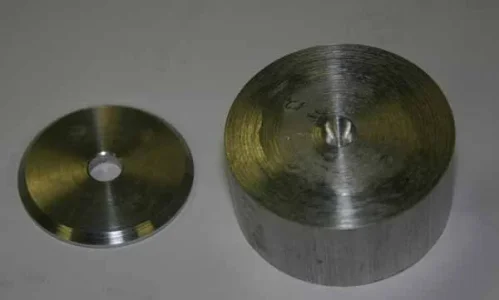We have all been there. I think its good to post things that didn't work out. Not to be critical of ourselves others, but to show the scenario to avoid problems 'next time'.
Aluminum can be challenging. Because its a bit softer alloy, a flute entering the cut the wrong way can dig in. Then once things start to deflect (the part, the end mill, the clamping arrangement) it can feed on itself getting progressively worse & end with a bang. It can also be gummy which smears on the tool, degrades the cutting edge, more heat, more friction, more local expansion... Materials like copper can be even worse.
Thin walled parts can be extra challenging. There is less mass so by default less rigidity & more chance of flex during machining. So generally need to reduce in-feed (smaller chips). Its amazingly easy to destroy thin walled parts like ordinary tubing just cutting them with a saw if the teeth are too coarse. In your case maybe a smaller EM or peck plunging the notch vs tying to mill through it from the side? hard to say. One hack I have done is 5-min epoxy in a sacrificial block of scrap wood to give the thin walled part stability during cutting. Then just heat the adhesive with a heat gun & the block comes out pretty clean.
I generally avoid climb milling unless its a finishing pass & low DOC. Even so, always good practice to lock the carriage. But problems can still happen with a tight machine ways if the part is not secure. This can happen in the vise - clamping pressure slightly deforms thin walled objects. So it doesn't take much micro deformation at all & you to could end up at say 25% contact area vs 100%, so that means proportionately less grip. Sometimes a thin piece of cardboard like a business card helps distribute the jaw grip but its not a perfect solution.
I've had some blowouts trying to machine multiple (so called identical) parts in the vise. I've watched some vids where machinist will put aluminum TIG welding rod on the moving jaw side to make up the part width discrepancy. The only issue is, you are left with a very tiny clamping surface area (the tangent edge of the circular cross section). It works, but the parts had better be quite rigid & stiff on their own. And the wire should be high in the jaw so the vise pressure is pushing the part slightly down into the vise parallels. What I found works better is solder because it is very malleable & deforms & adapts to the parts. But its not really a multiple use thing once squished & not exactly throwaway cheap.


